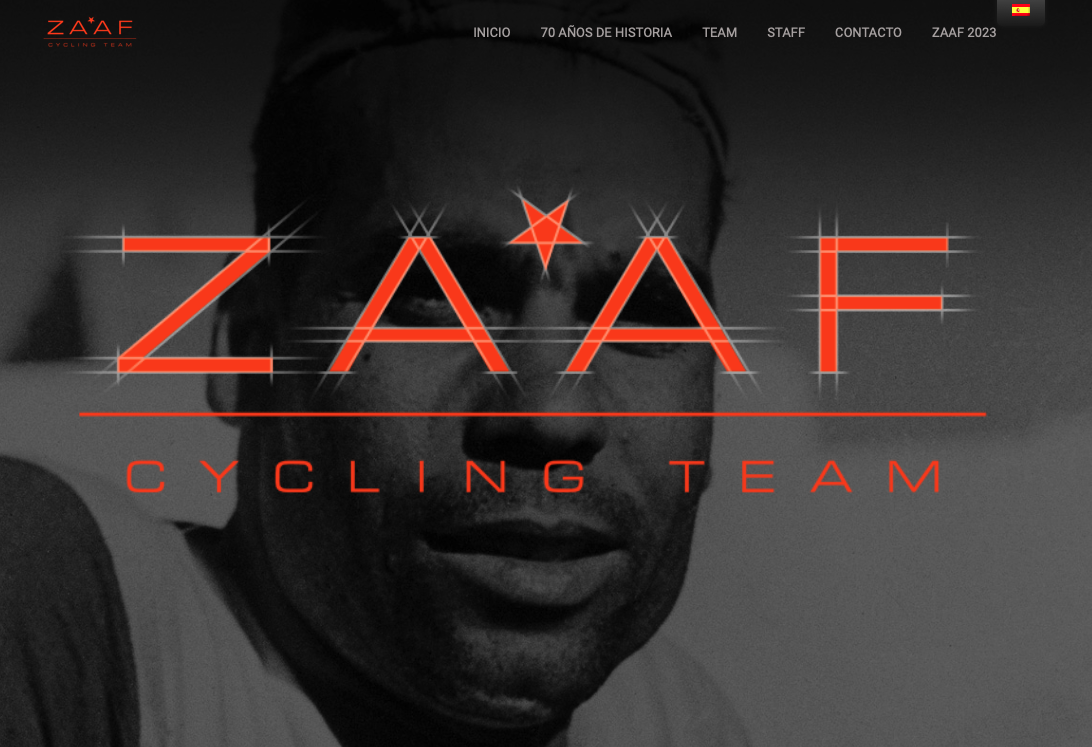Did we do a good job with this story?


The question isn’t only why the Zaaf team is failing; it’s how it was allowed to exist at all.
Does the Zaaf team honor the heritage of its namesake, or is it taking the sport the wrong way?